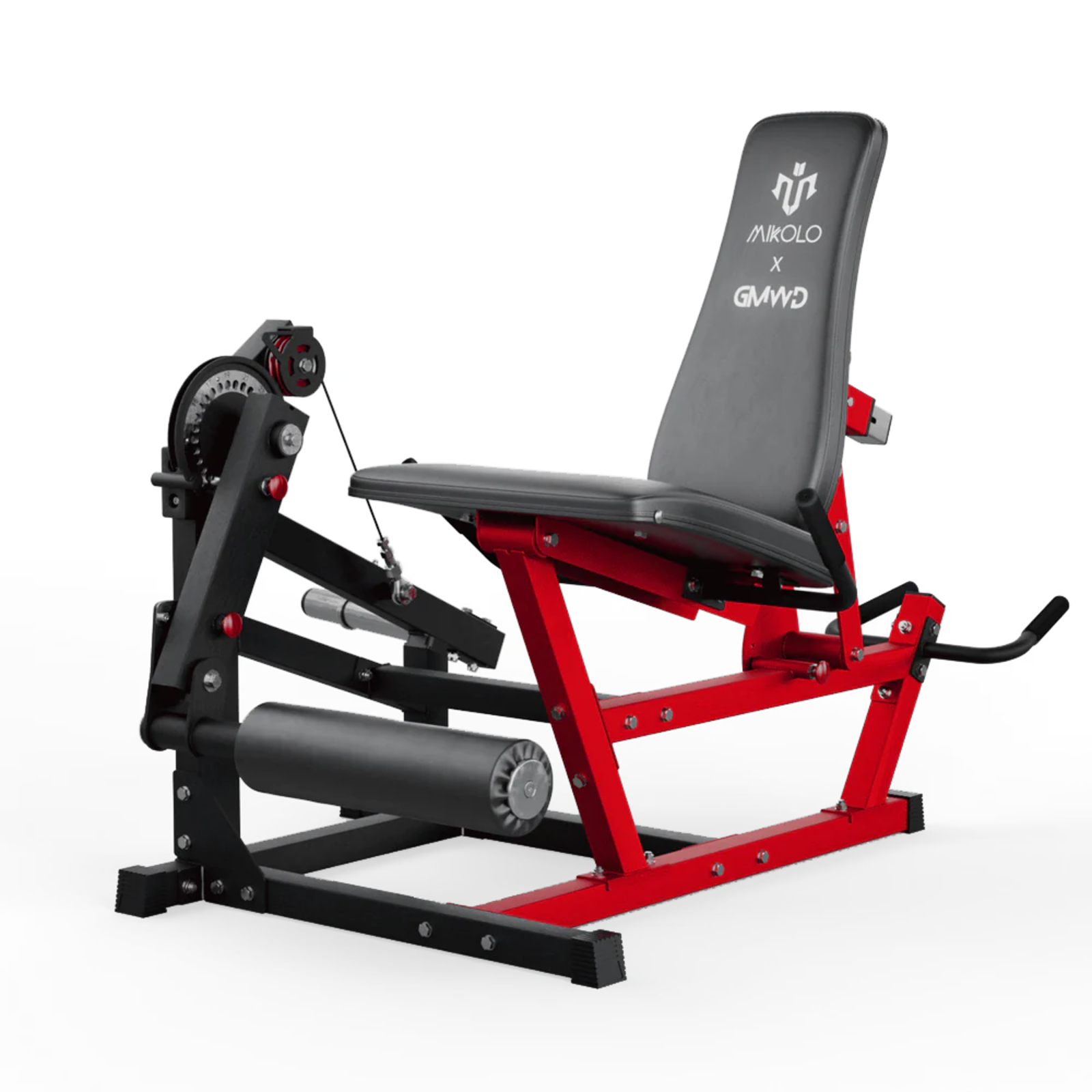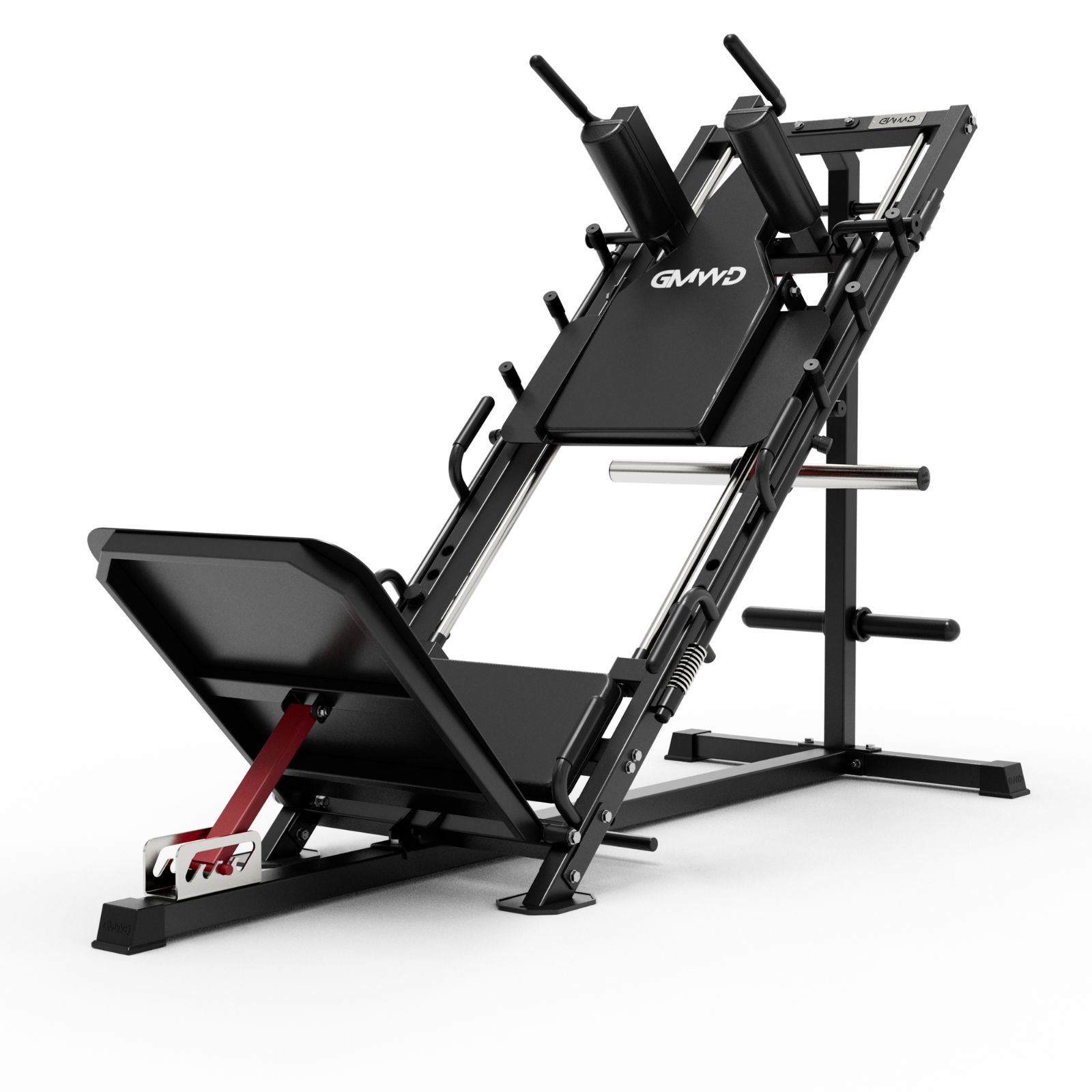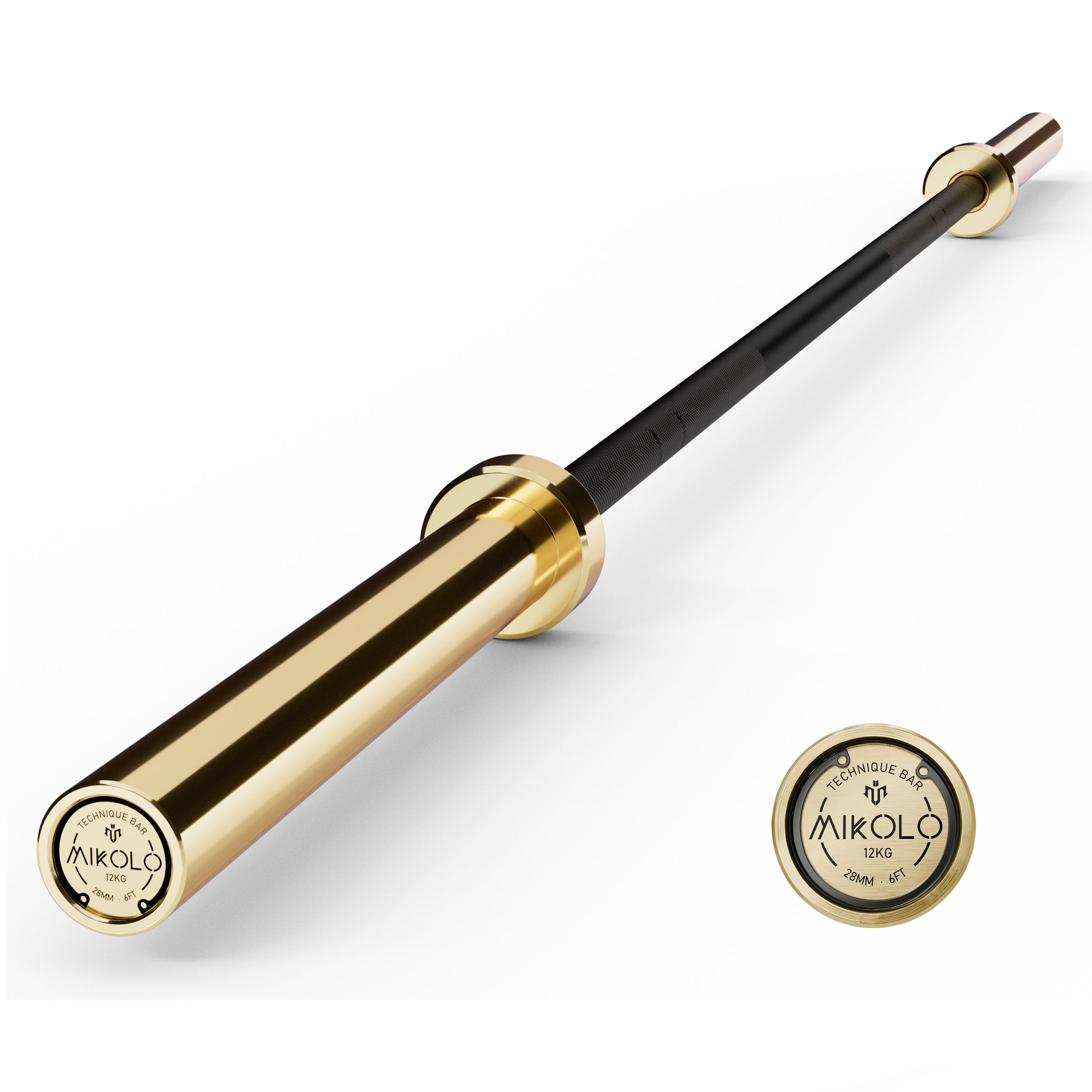When you're standing in front of the mirror or walking into the gym, a common question that pops into your mind might be: Which workout should I do for which muscle? Or even more fundamentally, How do I choose which muscle to work out today?
Whether you're a beginner trying to structure your routine or a seasoned lifter aiming to break a plateau, knowing how to select the right muscle group—and the right workout—is key to making consistent, injury-free progress.
Understand the Muscle-Workout Connection
Every workout serves a purpose—and targets specific muscles. For example:
-
Chest workouts (like bench press or push-ups) primarily train the pectorals, but also engage the shoulders and triceps.
-
Pull-ups or lat pulldowns focus on your lats and upper back.
-
Deadlifts are a compound movement that hit your glutes, hamstrings, back, and core all at once.
-
Squats zero in on your quads, glutes, and hamstrings.
-
Bicep curls isolate the biceps, while tricep pushdowns work—you guessed it—the triceps.
Knowing which muscle a movement trains helps you structure your week with balance, avoid overtraining, and build strength across your whole body.
How to Choose Which Muscle to Workout
Choosing a muscle group to train shouldn’t be random. Instead, it should depend on a few important factors:
-
Training Split or Weekly Plan
If you’re following a push-pull-legs or upper-lower split, your days are already focused on specific muscle groups. Stick to the plan for the best results. -
Recovery Status
Avoid working out a sore or still-recovering muscle. Your muscles grow when they rest, not while you’re lifting. If your legs are sore from squats, it might be a good day to train back or arms. -
Performance Goal
Want bigger arms? Train arms more often and with purpose. Want to jump higher or run faster? Focus on legs and glutes. Let your goal guide your focus. -
Balance and Symmetry
If your chest is well-developed but your back is lagging, make back day a higher priority. Balanced development prevents injury and improves aesthetics. -
Mind-Muscle Connection
Some people find it easier to “feel” certain muscles working. If you have trouble activating your glutes, for example, start your workouts with glute isolation work before jumping into compound lifts.
My Personal Approach to Muscle Selection
There was a period when I kept hammering my chest and arms because they were my strongest muscles—and frankly, I loved training them. But after a shoulder strain sidelined me, I realized I had neglected my back and rear delts for far too long. I rebuilt my routine with a balanced weekly structure and started paying attention to recovery, mobility, and posture.
The result? Not only did my physique improve, but so did my overall performance and joint health. Sometimes, the muscles we don’t want to train are the ones we need to.
Which Workout for Which Muscle: Quick Guide
Here’s a fast reference table to help you pick the right workout:
| Muscle Group | Effective Workouts |
|---|---|
| Chest | Bench press, push-ups, dumbbell flyes |
| Back | Pull-ups, bent-over rows, lat pulldowns |
| Shoulders | Overhead press, lateral raises, face pulls |
| Biceps | Dumbbell curls, hammer curls, chin-ups |
| Triceps | Tricep dips, pushdowns, close-grip bench |
| Legs (Quads) | Squats, lunges, leg press |
| Legs (Hamstrings) | Romanian deadlifts, leg curls |
| Glutes | Hip thrusts, glute bridges, kettlebell swings |
| Core | Planks, leg raises, Russian twists |
Final Thought
The smartest training routines are intentional. Don’t leave it to guesswork—select your muscle to workout based on your goal, your current state of recovery, and what your body needs to stay strong and balanced.
Choosing the right muscle to train today might be the small decision that adds up to big results tomorrow. Listen to your body, plan with purpose, and watch your progress come to life.










































Leave a comment
This site is protected by hCaptcha and the hCaptcha Privacy Policy and Terms of Service apply.